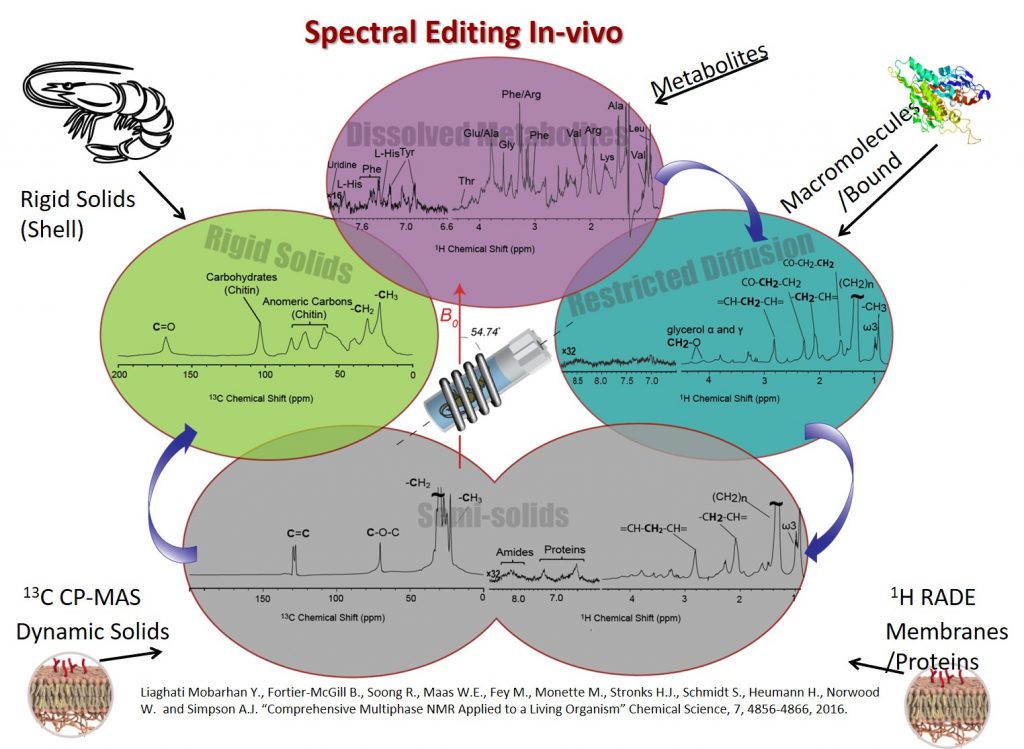Development of Analytical Technique
In environmental and analytical chemistry dealing with very complex naturally occurring mixtures is unavoidable yet there are a lack of spectroscopic approaches available or in development that can provide crucial, molecular-level information desperately required to fully understand global environmental processes. Our research specifically focuses on the development of Nuclear Magnetic Resonance (NMR) Spectroscopy, and its hyphenation with other, analytical methods. As we develop novel techniques we get to work on some of the most interesting samples from cores below the ocean floor to rare meteorites, and a little bit of everything in between. While we develop all areas of NMR spectroscopy our focus is on the practical rather than theoretical development. Some development current project include:
The Development of Novel Hyphenated NMR Techniques
Currently we are developing a wide bore Capillary Electrophoresis NMR and a multidimensional nD-HPLC-SPE-NMR/MS system for the study of mixtures that are simply too complex for conventional analytical approaches.
The Development of Multi-Phase and In-Situ NMR
The goal of this research is to be able to extract detailed molecular level information without the need to alter a specimen in anyway. For example a tissue sample may contain bone (solids), blood (a liquid), and muscle (a semi-solid), yet conventional NMR approaches (liquid or solids) involve either drying or extracting a sample for analysis. In-situ NMR can be used to study samples and to study the reactive interfaces and transport between (phases) of key nutrients, contaminants, etc. In collaboration with various partners we have been lucky enough to design a unique NMR spectrometer specifically for in-situ analysis. We believe this non-altering approach to analysis will be essential for the future development of many areas of science such as material, medical and environmental science.
